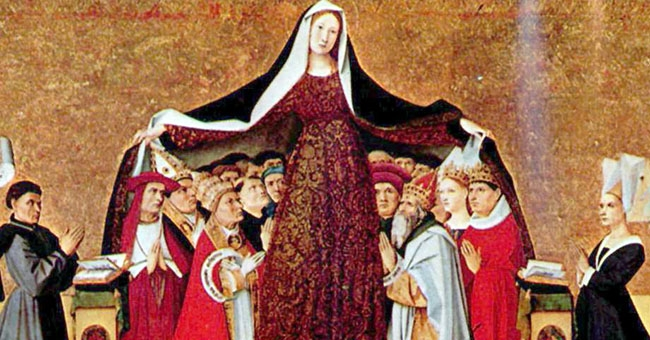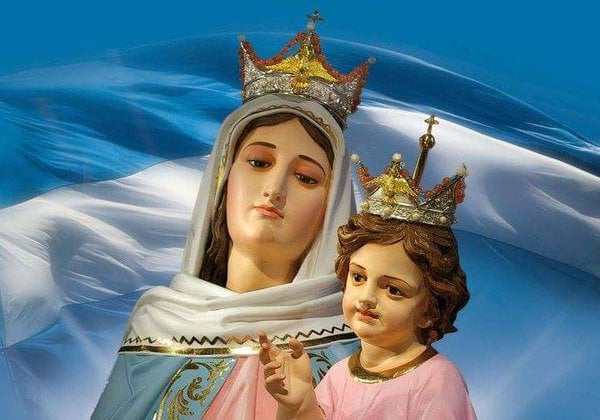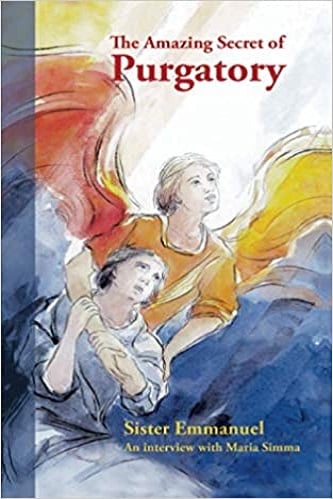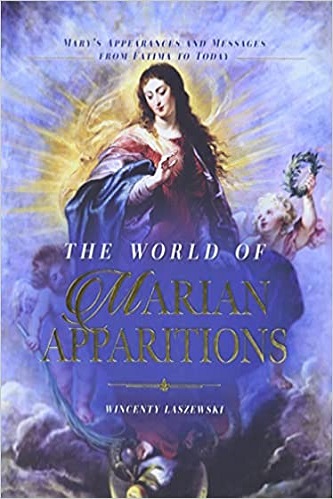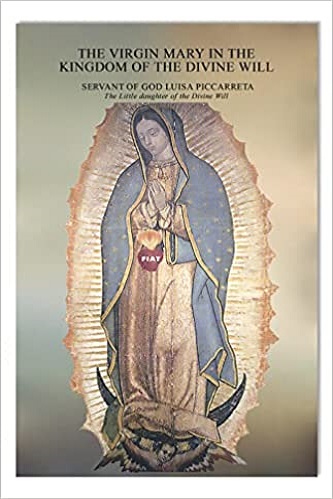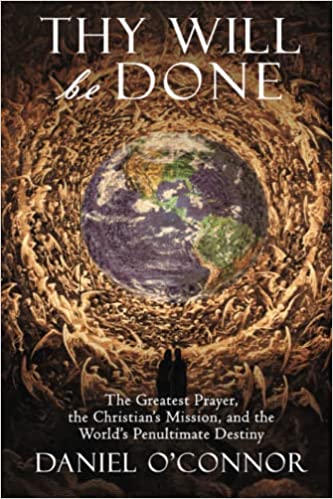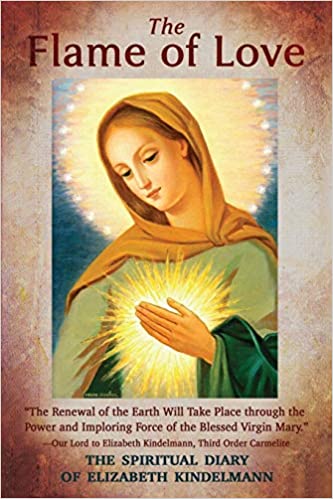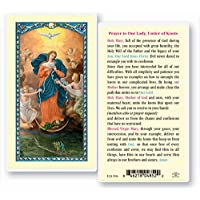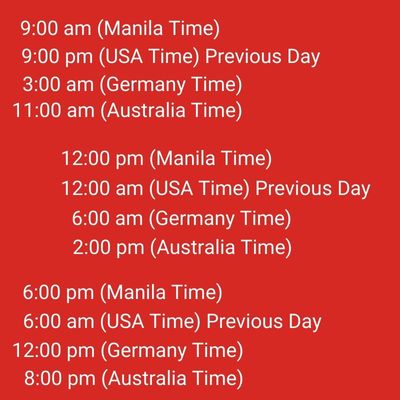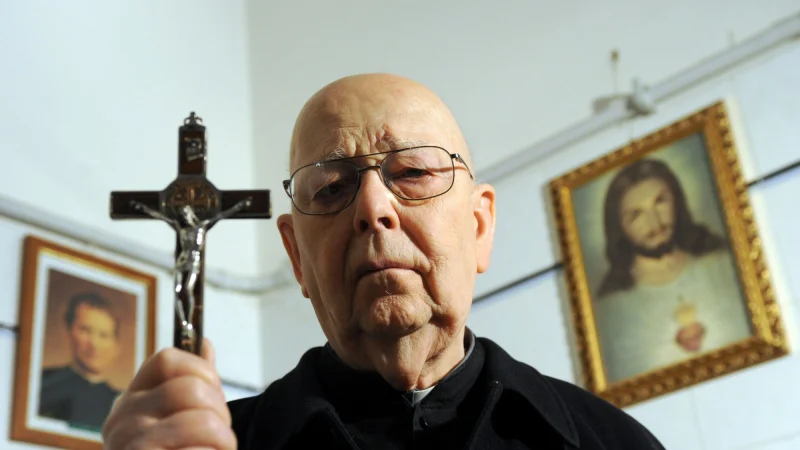The Origin of the Angelus and Why We Should Pray It Daily!
By Bella Francis
The Angelus
The Angelus prayer is a Catholic devotion commemorating the Incarnation of Christ at the Annunciation. Dated centuries old, it comprised a daily recitation of 3 Hail Marys in the evening after the Compline (end of the day prayer) preceded by the ringing of a church bell. As time passed, in the Christian lands, the practice was repeated first in the early morning, and then at midday. This is a moment of prayer, then, that has been used to sanctify the first part of the day and it was even prayed to rescue Christianity in difficult moments, such as happened in Belgrade in 1456, when the Turks succeeded in invading Serbia. It is said that over the ages, workers in the fields, halted their labors and prayed when they heard the Angelus bell. This pious practice is depicted by Jean-François Millet’s famous 1857 painting that shows two workers in a potato field stopping to say the Angelus.

In later times a set of three antiphons were added to reflect on the Incarnation of Christ at the Annunciation—that profoundly holy moment in which the Angel Gabriel announced God’s invitation for Mary to be the mother of the Messiah, and she said yes.
The theme throughout this prayer’s history and usage is the number three. There are three antiphons, three
Artists have shaped our image of the Annunciation: Mary at prayer or in meditation at the angel’s coming. The greatest artists have chosen to immortalize this moment: Mary is usually shown kneeling or seated and sometimes has a book in her hand or nearby.

Popes have prayed a weekly Angelus prayer in St. Peter’s Square. Pope Francis currently prays it at noon on Sundays and holy days when he is at the Vatican.



